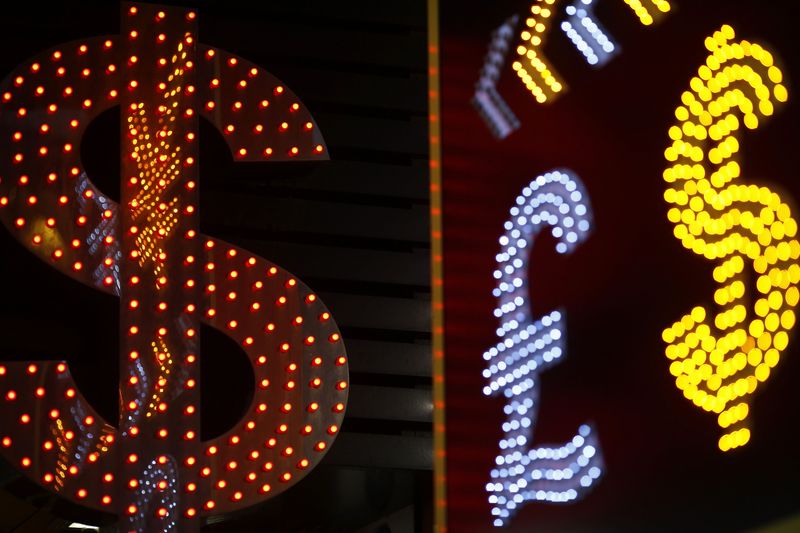
Bank of Japan Holds Firm as Bond Yields Rise: What It Means for Markets
The Bank of Japan (BOJ) has maintained its minimal intervention policy despite a steady rise in Japanese government bond (JGB) yields. BOJ Governor Kazuo Ueda reaffirmed on Friday that the central bank would only increase bond purchases in response to "abnormal" market movements, continuing the BOJ’s cautious approach to monetary tightening.
BOJ’s Policy Shift: From Yield Control to Market Forces
For years, the BOJ maintained a strict yield curve control (YCC) policy, keeping 10-year bond yields near 0% to stimulate the economy. However, in July 2023, the bank began tapering its bond purchases, signaling a shift toward allowing market forces to play a greater role in setting interest rates.
Now, the BOJ has set a high threshold for emergency bond buying, only stepping in if yields rise too sharply. This gradual withdrawal of monetary stimulus is part of Japan’s broader strategy to reduce its massive 585-trillion-yen bond holdings, accumulated over decades of economic support.
Why Are Japanese Bond Yields Rising?
- 📈 Japanese government bond (JGB) yields have been climbing steadily since October 2023, reaching a 15-year high of 1.44% before slightly retreating to 1.42% after Ueda’s comments.
- Higher U.S. Treasury yields and BOJ’s rate hike expectations are also fueling the rise.
- The BOJ plans to cut its monthly bond purchases from 4.5 trillion yen to 3 trillion yen by March 2026, gradually unwinding its stimulus measures.
What’s Next for Japan’s Monetary Policy?
📅 Market analysts expect JGB yields to reach 1.5% in the coming weeks. Some investors speculate that the BOJ could implement up to two more rate hikes this year.
🧠 Former BOJ board member Sayuri Shirai believes the central bank is unlikely to conduct emergency bond purchases unless yields exceed 2%, indicating a continued hands-off approach.
📌 A key test for Japan’s monetary strategy will come in June 2025, when the BOJ will review its tapering plan and decide on its next policy steps.
External Factors That Could Influence BOJ Decisions
🌍 Beyond domestic policy, international events could impact the BOJ’s next moves. One key factor is the U.S.-Japan trade relationship, particularly the auto tariff threats from U.S. President Donald Trump. If trade tensions escalate, Japan’s economic outlook could shift, influencing BOJ policy decisions.
Market Implications: What Investors Should Watch
- 💱 Japanese Yen Volatility – A rising interest rate environment could strengthen the yen, affecting Japan’s export-driven economy.
- 📉 Stock Market Reaction – Japanese equities may face pressure as borrowing costs rise.
- 📊 Global Bond Markets – The BOJ’s policies could influence bond yields worldwide, particularly in the U.S. and Europe.
Key Takeaways for Traders and Investors
- ✅ BOJ Maintains Minimal Intervention – The central bank is letting market forces dictate bond yields unless extreme volatility occurs.
- 📈 JGB Yields on the Rise – Yields are expected to climb further, potentially reaching 1.5%.
- ⏳ Japan’s Monetary Policy at a Crossroads – The next BOJ review in June 2025 will be a crucial moment for markets.
- 🌐 Global Influences Matter – U.S. trade policy and global interest rate trends could impact BOJ decisions.
As Japan carefully unwinds its ultra-loose monetary policy, investors should stay alert for policy shifts, bond market reactions, and international economic developments that could shape the country’s financial landscape. 📊
You might also like:
- RBI's $10 Billion FX Swap: Impact on Rupee Liquidity and Bond Markets
- Dollar Weakens Amid Economic Uncertainty: Global Currency Movements and Market Reactions
- Indian Rupee Under Pressure as State Banks Buy Dollars for Oil Imports
- Bulgaria's Anti-Euro Protests: Nationalism, Economic Concerns, and Political Tensions
